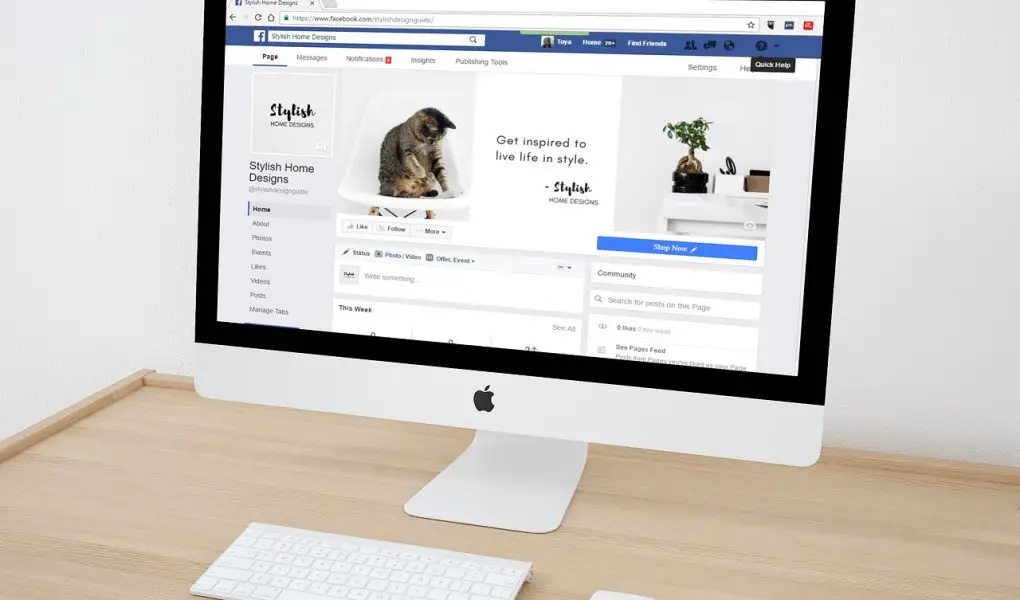The way small businesses communicate with their clients online is being revolutionized by GPT chatbots. Natural language processing (NLP) and machine learning techniques are used by these smart and highly customizable chatbots to have interesting and tailored discussions with customers. They can be included in websites, social media networks, and chat programmes to offer clients immediate help and assistance.
Using GPT chatbots for your small business has a number of advantages, including higher productivity, improved customer satisfaction, and cost savings.
In this blog post, we’ll go over each of these advantages in more detail, and offer some advice and best practises for utilizing GPT chatbots to the fullest for your small business.
Increased Productivity
The potential of GPT chatbots to automate ordinary operations and free up human personnel to concentrate on more essential duties is one of their main advantages. A chatbot, for instance, can respond to client questions, give information about products or services, and even handle purchases and bookings. Your customer support team’s workload can be greatly reduced as a result, freeing them up to work on more challenging and valuable responsibilities.
GPT chatbots are a quick and affordable way to manage customer relations since they can manage several conversations at once. This can be especially helpful for small firms who receive a lot of client queries or have a small workforce that can provide customer care.
Improved Customer Satisfaction
GPT chatbots can respond to client questions in a timely and accurate manner, potentially increasing customer satisfaction. Customers value the convenience of being able to quickly obtain the information they require without having to wait for a human agent to respond. Increased consumer loyalty and repeat business may result from this.
Cost Savings
Small businesses can save money with GPT chatbots in a variety of ways. First, they can cut down on the requirement for staff members to do basic duties, which can minimize labour costs. Second, they don’t require more staff because they can run continuously, offering customer service around-the-clock.
Finally, since clients can communicate with the chatbot via their website or messaging app, businesses can do away with the costly infrastructure associated with call centres.
Tips and Best Practices
Let’s look at some advice and best practises for leveraging the potential of GPT chatbots for small businesses now that we have discussed some of their primary advantages.
- Clearly state the duties the chatbot will perform: It’s crucial to specify the duties that the chatbot will be in charge of and make sure that it has what it takes to complete them. This will ensure that the chatbot can service consumers in an efficient manner and lighten the workload of human personnel.
- GPT chatbots use natural language processing to understand and reply to consumer enquiries, so speak clearly and concisely. When creating the chatbot’s responses, it’s crucial to utilize clear, succinct language to make sure that customers can understand them.
- Give precise directions on how to communicate with the chatbot: Customers should be informed of the chatbot’s capabilities and how to communicate with it. Customers will have a better experience using the chatbot if clear instructions and examples are provided.
- Review and update the chatbot’s responses on a regular basis to make sure they are correct and current as the chatbot interacts with additional customers. Over time, this may also aid in enhancing the chatbot’s functionality and user pleasure.
- Use analytics to monitor and assess chatbot performance: To determine how your chatbot is affecting your company, it’s critical to monitor and assess its performance. This can assist you in pinpointing problem areas and improving the functioning of the chatbot.
You can monitor and evaluate chatbot performance using a variety of methods and platforms. Key parameters to take into account include:
- Customer surveys or monitoring the proportion of clients that carry out a desired action can be used to gauge customer happiness (such as making a purchase).
- Track the percentage of clients who perform the required action after communicating with the chatbot to determine conversion rates.
- Response time: Keep track of how quickly the chatbot responds to client questions.
- Keep track of how many chats the chatbot conducts with consumers over a certain amount of time.
- Keep track of the proportion of clients who visit your establishment again after conversing with the chatbot.
By regularly tracking and analyzing these metrics, you can identify areas for improvement and optimize the chatbot’s performance to better meet the needs of your customers.
Conclusion
In conclusion, GPT chatbots can benefit small businesses in a variety of ways, including by boosting productivity, raising customer happiness, and reducing costs.
Small businesses can take full advantage of the potential of GPT chatbots to enhance their operations and customer relations by adhering to basic best practises and utilizing tools to track and measure chatbot performance.




